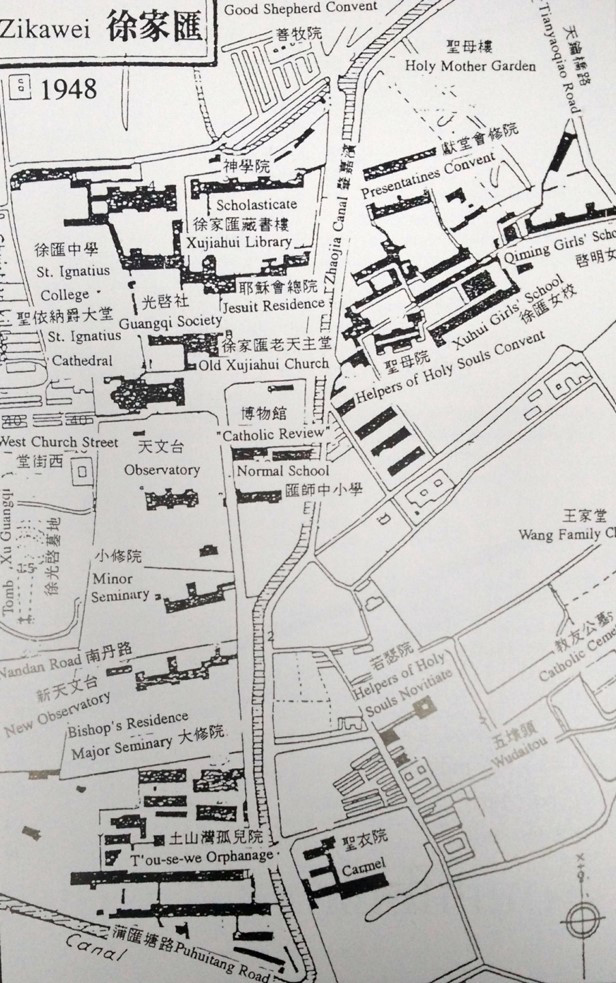Preprint
Article
Gender Space of “Oriental Vatican”—Zi-ka-wei,French Jesuits and Evolution of Papal Diplomacy
Altmetrics
Downloads
493
Views
386
Comments
0
A peer-reviewed article of this preprint also exists.
Submitted:
03 August 2018
Posted:
14 August 2018
You are already at the latest version
Alerts
Abstract
In a global context, the story of the Jesuit compound in Shanghai, since its establishment by French Jesuits in 1847, reflected not only conflicts between rival powers in Europe but also the fight for their interests in the Eastern world. The Pope, who was stuck without legal status in the Vatican after 1861, was also seeking the chance to save the authority of the Church in the face of questions regarding the extent of his temporal power and the status of Rome in the context of Italian unification. As in the Reformation, a break-through in the east seemed to offer a solution for losses in Europe. However, the Jesuits to the East in the late 19th century were not only troops working and fighting on behalf of the Pope; their identities under the French Protectorate added complexity to an already complicated story involving not just the Church, but the course of world history.The female Catholic orders at the east bank of Zi-ka-wei compound became a unique window to approach the complexity.

Keywords:
Subject: Arts and Humanities - History
Copyright: This open access article is published under a Creative Commons CC BY 4.0 license, which permit the free download, distribution, and reuse, provided that the author and preprint are cited in any reuse.
MDPI Initiatives
Important Links
© 2024 MDPI (Basel, Switzerland) unless otherwise stated






